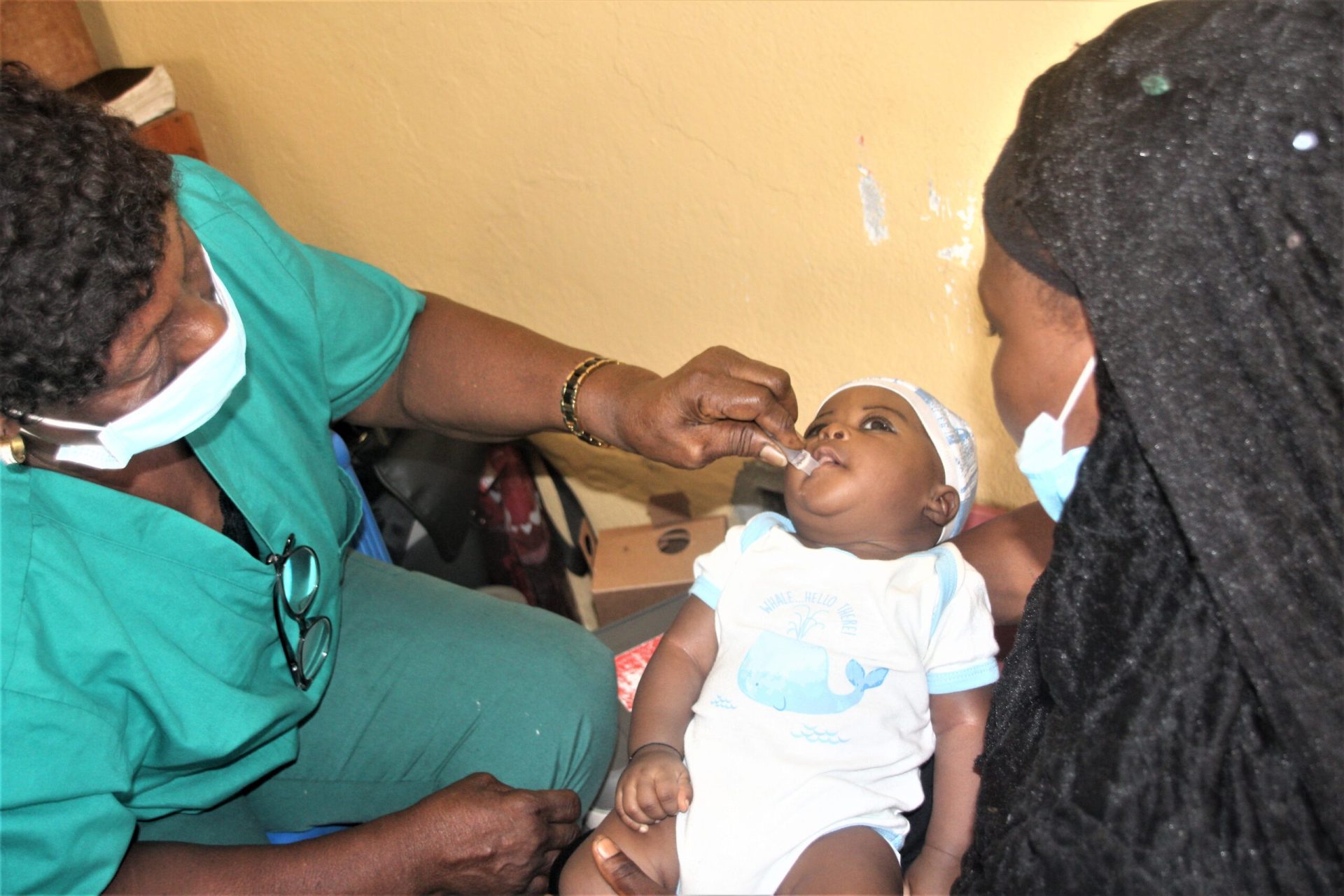
Combating malaria, one child and caregiver at a time
Malaria, diarrhea and respiratory tract Infections remain the leading causes of death for children under 5 in Liberia (source: UNICEF). Malaria alone accounts for more than 40% of outpatient visits and 33% of inpatient deaths. According to the United States Centers for Disease Control and Prevention (CDC), the prevalence rate of malaria in Liberia is up to 60 percent.
Even though malaria is a curable disease, its treatment is expensive, costing $20 or more, and beyond the reach of many low-income families. Thus, the prevalence of a preventable childhood disease continues to burden many low-income families.
“A high prevalence of preventable childhood diseases is causing the loss of many lives – we have to use an innovative method to fight it,” says Evan Wonlue, Head Nurse at SOS Medical Centre.
In Liberia, the major donor for the government’s national malaria control programme is United States Government through the Global Fund. With an annual budget of 14 million for the last four years.
SOS Children’s Villages in Liberia supports the Ministry of Health and partners, and works for vulnerable families to ensure better access to healthcare for children by providing quality health services and support.
As a result, children like 9-months-old Philip*, receives treatment at the SOS Children’s Villages Medical Centre in Congo Town, Monrovia. Philip is among the 1,048 children that received treatment last year.
SOS Children’s Villages Medical Centre also provides parents with knowledge and continual coaching on hygiene and malaria prevention.
“I visited the clinic, and they did a check-up on my son, and after the lab test the doctor told me my son had malaria. The nurses then treated him and gave me a mosquito net for us to sleep under to prevent my son and I from getting malaria,” said Sia*.
Each guardian is invited to seek healthcare services for their child at least 3 times yearly. These visits present opportunities to discuss and offer health care services beyond immunization, such as hygiene and good parenting.
Similarly, good parenting and service delivery visits are opportunities for care providers to review a child condition and that of their parent to ensure they have received all the necessary care, including vaccines, on schedule. The goal is to reduce malaria deaths amongst children by 75 percent each year.
SOS Medical Centre strives towards a reduction in morbidity and infant mortality, and due to the programme and large-scale interventions, child mortality has decreased in the last 2 years, including the prevalence of childhood diseases.
Between 2005 and today, the Ministry of Health reports that morbidity declined from 66% to 33%. Although the number is still huge, it represents real progress.
In 2019, SOS Children’s Villages in Liberia launched its first Community-Based Health Outreach programme known as Hospital on the Wheels (HOW) project. The project benefited over 11,000 vulnerable families, mainly children from 50 slum communities in Monrovia. The aim of the programmes was to make accessible quality healthcare services to the most vulnerable communities in Monrovia.
Following the HOW project, the Medical Centre revised its Health Services Policy with the goal of expanding essential health services, including malaria testing and treatment, in vulnerable communities.
Written by Joseph Joboe, SOS Children’s Villages in Liberia, Communication & Brand Coordinator
*For privacy reasons, some names in this article were changed
